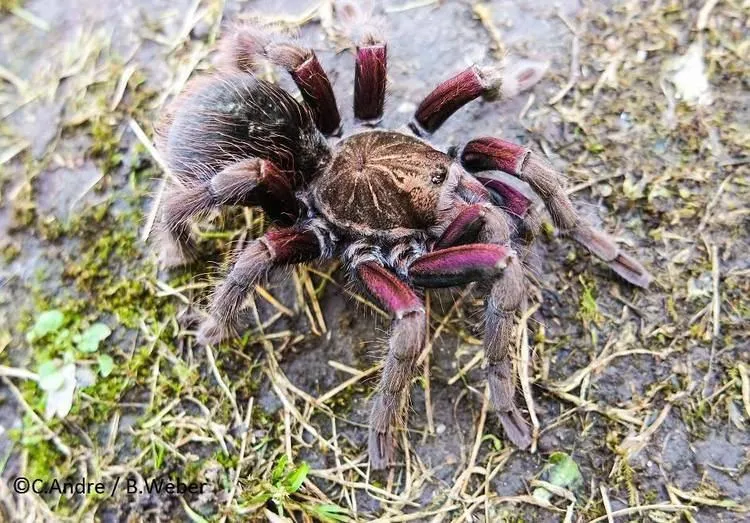Top 5 Facts About Pamphobeteus Tarantulas
Pamphobeteus tarantulas are captivating creatures that have gained popularity among tarantula enthusiasts. Their impressive size, vibrant colors, and unique behaviors make them a fascinating subject of study and a rewarding pet for experienced keepers. This article will delve into the world of Pamphobeteus tarantulas, exploring their key characteristics, care requirements, and breeding behaviors. Whether you’re a seasoned arachnid aficionado or a curious beginner, this guide will provide you with valuable insights into these remarkable spiders. Discover the secrets to keeping your Pamphobeteus healthy and happy and learn what makes them such a prized species within the tarantula community. Get ready to explore the fascinating world of Pamphobeteus!
Appearance and Characteristics
Pamphobeteus tarantulas are known for their striking appearance, often boasting vibrant colors and impressive size. The various species within the Pamphobeteus genus showcase a range of colors, from deep blacks and browns to stunning purples, oranges, and reds. Their bodies are covered in dense setae (hairs), which contribute to their overall appearance and provide sensory input. Female Pamphobeteus tarantulas are generally larger and more robust than males, a common trait among tarantula species. Their legs are long and powerful, enabling them to move swiftly and climb effectively. The carapace, the hard upper shell of the cephalothorax, can display intricate patterns and textures, adding to their visual appeal. Examining these visual aspects provides insights into the tarantula’s overall health and well-being, so it is important to notice such characteristics when handling and observing your pet.
Size and Coloration
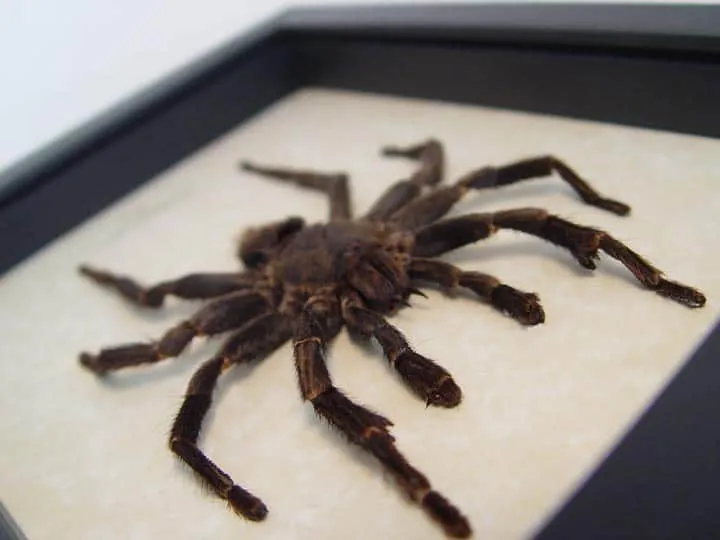
The size and coloration of Pamphobeteus tarantulas vary depending on the species and individual. Females can reach a leg span of up to 8-10 inches, while males are typically smaller. The colors can range from the deep blacks and browns of P. antinous to the vibrant purples and oranges of P. platyomma. The intensity of the colors may vary depending on factors like genetics, diet, and environmental conditions. Juvenile tarantulas often exhibit different coloration than adults, with their colors intensifying as they mature. This makes each Pamphobeteus tarantula unique and visually stunning. The differences in sizes and colors can be very remarkable in this species. Keepers often appreciate the variety of colors displayed, making them appealing pets. The colors can also influence other factors like the price of the tarantula, the rarer and more vibrant colors, the more expensive they become.
Behavior and Temperament
Pamphobeteus tarantulas are known for their generally docile temperament, though individual personalities can vary. They are not typically aggressive and may prefer to flee or hide when threatened. They are primarily nocturnal, meaning they are most active during the night. Keepers should handle these tarantulas with care, as their defensive behaviors can include flicking urticating hairs or biting if provoked. The temperament can also vary depending on the species and individual spider. Some Pamphobeteus species are more defensive than others. Always approach these tarantulas slowly and avoid any sudden movements. These fascinating creatures can be quite skittish and are best observed in their terrarium to minimize stress. Understanding the individual tarantula is critical to ensure it lives happily.
Origin and Habitat
Pamphobeteus tarantulas originate from South America, with different species found in various countries, including Colombia, Ecuador, and Brazil. They typically inhabit tropical rainforest environments, where they create burrows or utilize natural shelters like beneath logs and rocks. The high humidity and moderate temperatures of their natural habitat are essential for their well-being. Their natural environment significantly influences their behavior, as they often seek shelter from predators and hunt for food. Understanding the tarantula’s natural habitat is essential for providing the appropriate environment in captivity. Replicating their natural habitat is key to ensuring their health and happiness. By understanding their environment, you can better understand their behavior.
Lifespan
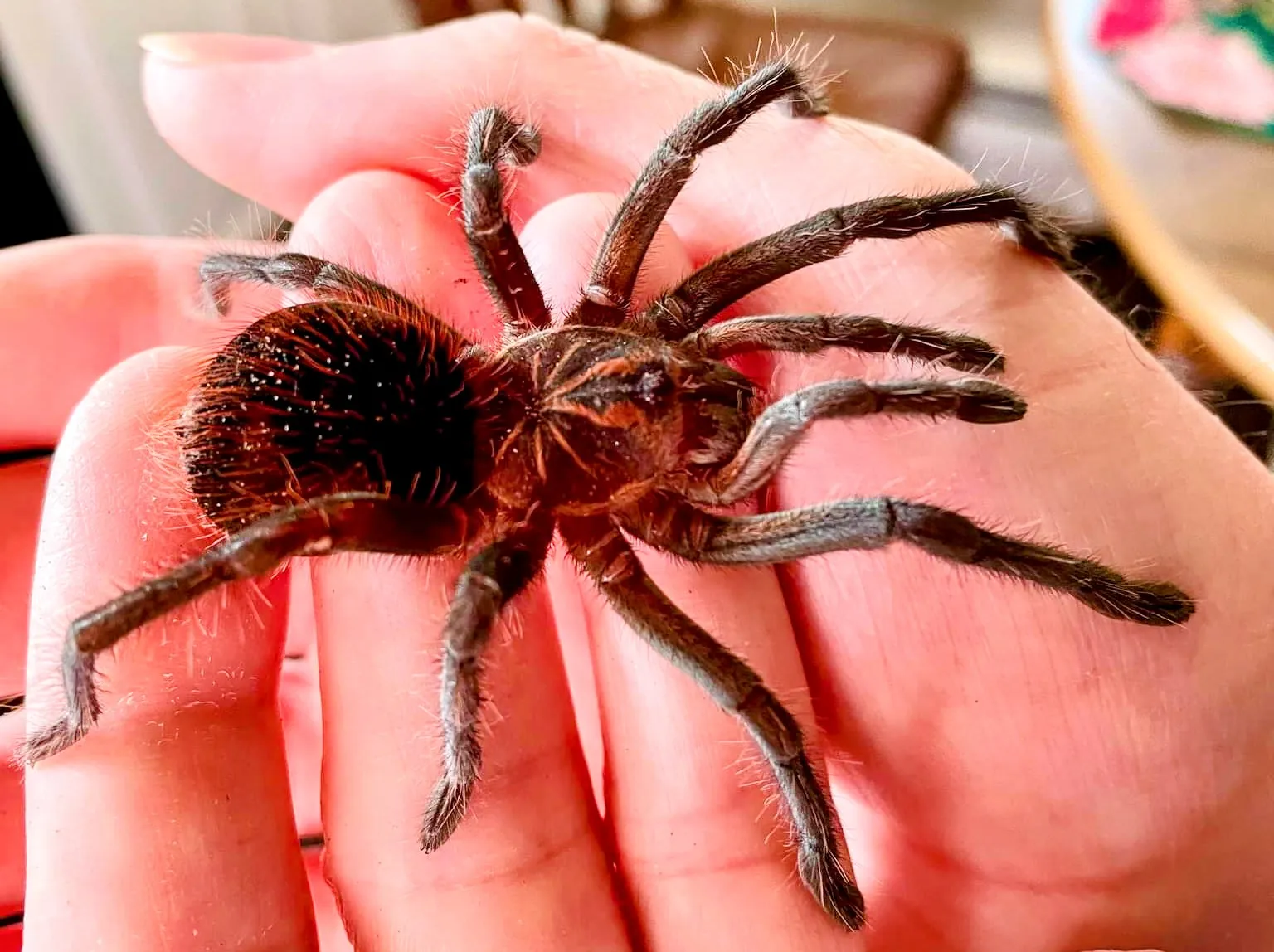
The lifespan of a Pamphobeteus tarantula varies depending on the sex. Females can live for 10-15 years or even longer, while males typically live for 2-5 years after their final molt. The female tarantulas often outlive the male tarantulas significantly, making them a more long-term commitment for keepers. This is a critical factor to consider before obtaining a Pamphobeteus tarantula. Environmental conditions, diet, and overall health also play a role in their lifespan. Providing optimal care and conditions is important for maximizing their longevity. Properly cared for tarantulas often thrive for many years, providing their keepers with an engaging and rewarding pet experience.
Care and Husbandry
Proper care and husbandry are crucial for the health and well-being of Pamphobeteus tarantulas. This includes providing an appropriate enclosure, maintaining the correct temperature and humidity levels, and offering a suitable diet. Regular cleaning and maintenance of the enclosure are also essential to prevent the buildup of waste and mold. Understanding the specific requirements of the particular species is essential, as care can vary slightly between species. By providing a suitable environment and adhering to proper care practices, keepers can ensure their Pamphobeteus tarantulas thrive in captivity. Careful planning and diligence are necessary for keeping these beautiful creatures happy and healthy in captivity.
Diet and Feeding
Pamphobeteus tarantulas are primarily insectivores, feeding on a variety of insects like crickets, roaches, and mealworms. The size of the prey should be appropriate for the tarantula’s size, with juveniles requiring smaller food items. Feeding frequency depends on the tarantula’s age and metabolism; juveniles may need to be fed more often than adults. Ensure that the insects are gut-loaded with nutritious food before feeding them to the tarantula to provide balanced nutrition. Fresh water should always be available in a shallow dish. Overfeeding can lead to health issues, while underfeeding can hinder growth and development. Monitoring the tarantula’s feeding habits is key to maintaining its health and identifying any potential issues. Keepers should always dispose of any uneaten food to avoid contamination.
Housing and Environment
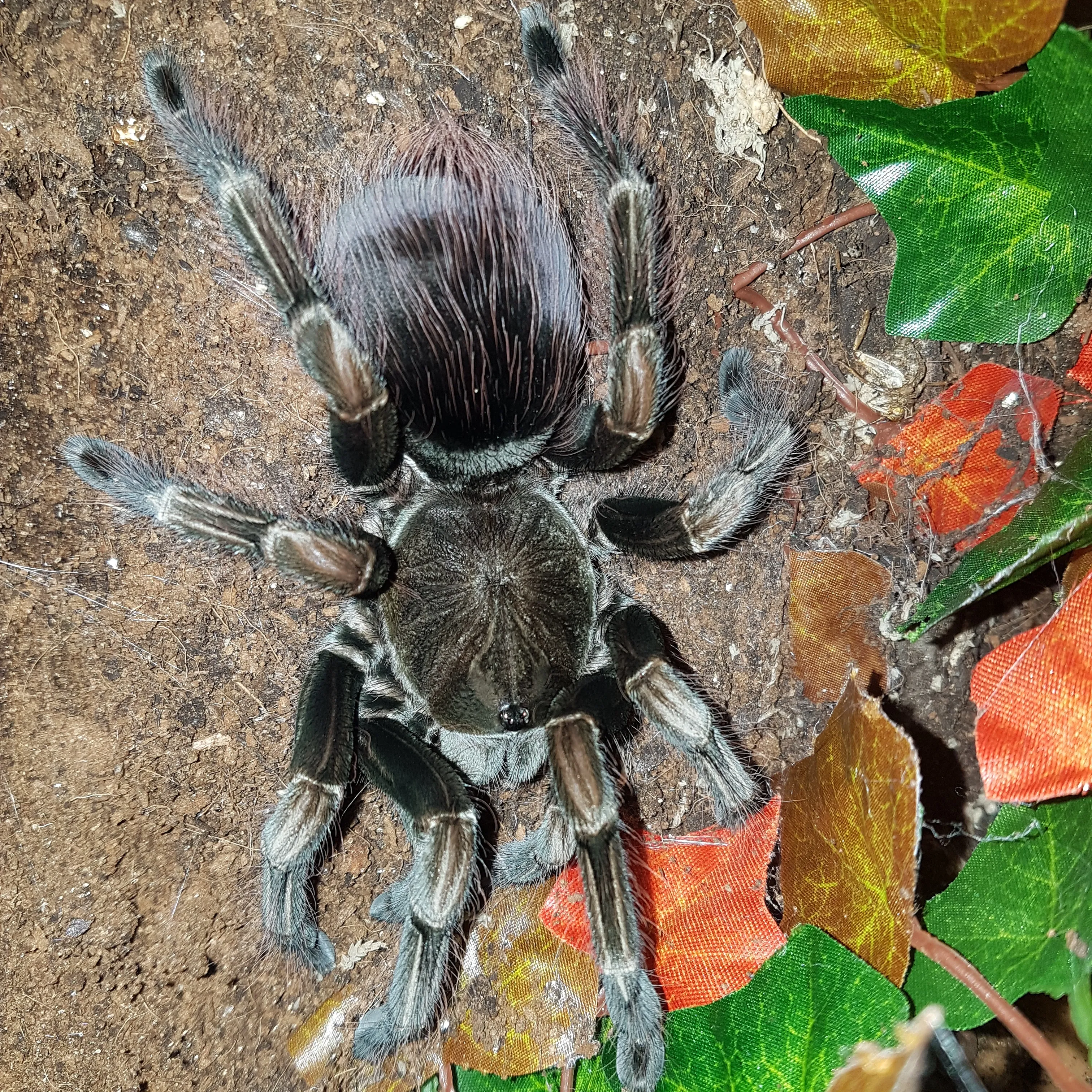
The appropriate housing setup is critical for the well-being of Pamphobeteus tarantulas. A secure enclosure, such as a glass terrarium or plastic enclosure, is essential to prevent escapes. The size of the enclosure should be appropriate for the tarantula’s size, with juveniles needing smaller enclosures than adults. Provide a substrate like a mix of coco fiber, peat moss, and vermiculite to maintain humidity and allow for burrowing. Include hiding places, such as cork bark or artificial plants, to provide security and enrichment. Maintain the appropriate temperature and humidity levels with a heat source and regular misting or a water dish. Ventilation is necessary to prevent mold and ensure proper airflow. The careful setup of the enclosure helps create a safe, stimulating environment for your tarantula to thrive.
Molting and Growth
Molting is a natural process in which tarantulas shed their exoskeletons to grow. During molting, the tarantula becomes vulnerable. The frequency of molting decreases as the tarantula ages. Before molting, the tarantula may stop eating and become less active. The tarantula will typically flip onto its back during the molting process. After molting, the tarantula’s new exoskeleton will be soft and require time to harden. Avoid disturbing the tarantula during the molting process. Provide a humid environment during molting to help the tarantula shed its exoskeleton successfully. After molting, wait a few days before feeding the tarantula to allow its fangs to harden. Understanding the molting cycle and providing a safe environment during molting is critical for the tarantula’s health and development.
Health and Common Issues
Pamphobeteus tarantulas, like all tarantulas, are susceptible to certain health issues. The most common issues are caused by improper husbandry. Mites can be a common problem, which can be introduced via new substrate or feeder insects. Fungal infections can develop in overly humid environments. Preventative measures include maintaining proper hygiene, quarantine new additions, and monitoring humidity and ventilation. Ensure a balanced diet and provide a clean water source. If you notice any signs of illness, such as lethargy, loss of appetite, or unusual behavior, consult an experienced tarantula keeper or veterinarian. Early intervention can often prevent or resolve health problems. Proactive care and observation can help ensure your Pamphobeteus tarantula remains healthy and happy.
Breeding Pamphobeteus Tarantulas
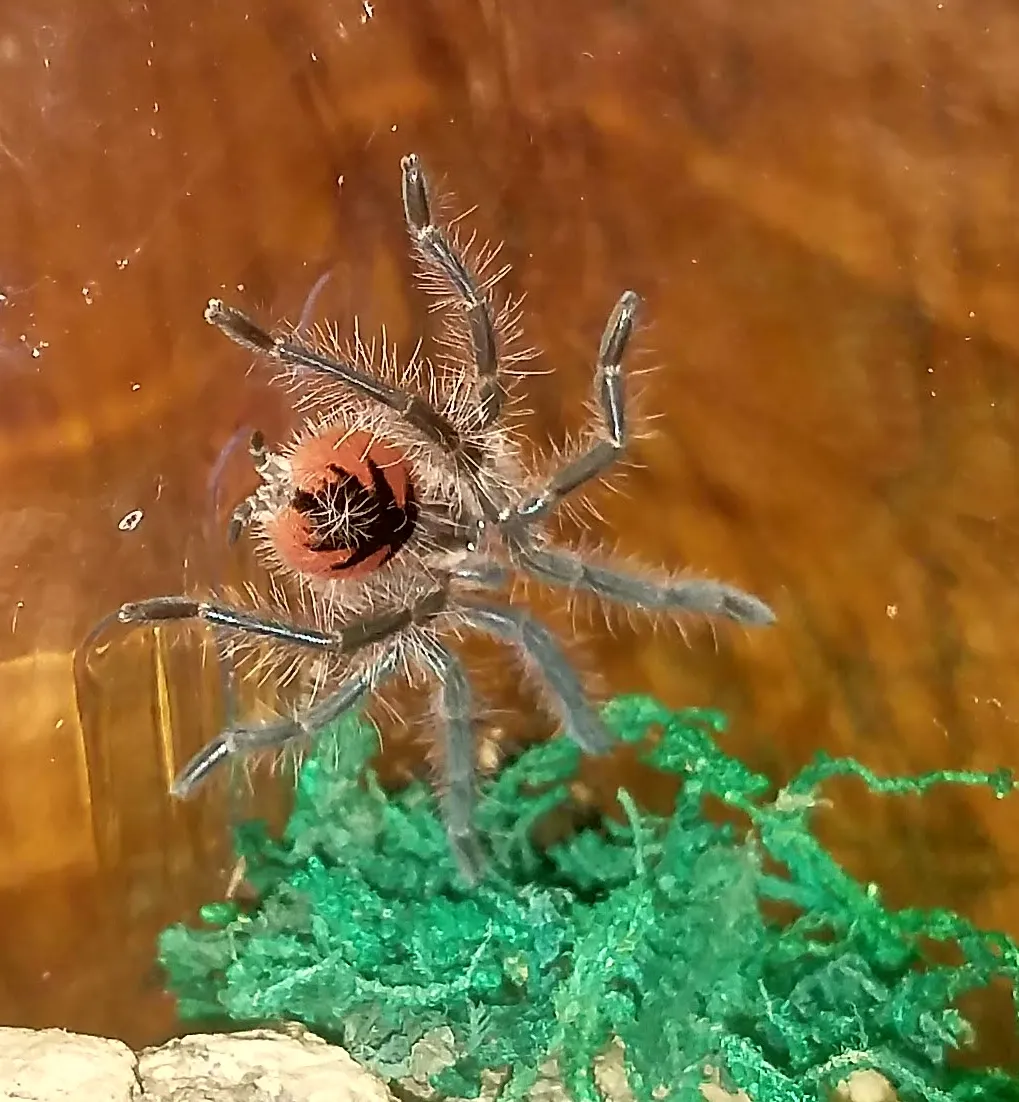
Breeding Pamphobeteus tarantulas can be a rewarding experience, but it requires careful planning and execution. Successful breeding starts with understanding the specific requirements of the species. Ensuring that both the male and female are in good health and of breeding age is a must. Patience and observation are essential throughout the breeding process. The goal of breeding is to create the conditions that are appropriate to encourage mating and successful egg laying. The key components are: Proper setup of the enclosure, careful monitoring of the tarantulas, and ensuring a suitable environment for the spiderlings. Understanding the process can help ensure success and promote the ethical breeding of these captivating creatures.
Identifying a Mature Male and Female
Identifying the sex of a Pamphobeteus tarantula is crucial for breeding. Males typically have tibial hooks on their front legs. They also have bulbous pedipalps, which are used for mating. Females are generally larger, with a more robust build. The presence of a spermatheca, a structure used for storing sperm, is a sign of a mature female. Observing the tarantulas closely is essential to determine their sex. The best way to determine sex is during their last molt. If in doubt, seek assistance from an experienced tarantula keeper or use a molt to sex the spider. Proper identification is critical for a successful breeding project.
Mating Process
The mating process involves introducing the male and female tarantula in a controlled environment. It is crucial to carefully monitor the tarantulas throughout the process. The male will approach the female and attempt to mate, which can be a delicate dance. The male will use his pedipalps to transfer sperm to the female. The female may be receptive or defensive. After mating, the male should be removed from the enclosure to prevent him from being eaten. Successful mating does not guarantee egg production. Proper aftercare, including providing the female with adequate food and a suitable environment, is essential. The duration of this process can be very short. It’s important to monitor the process and remove the male immediately after mating.
Egg Sac and Spiderlings
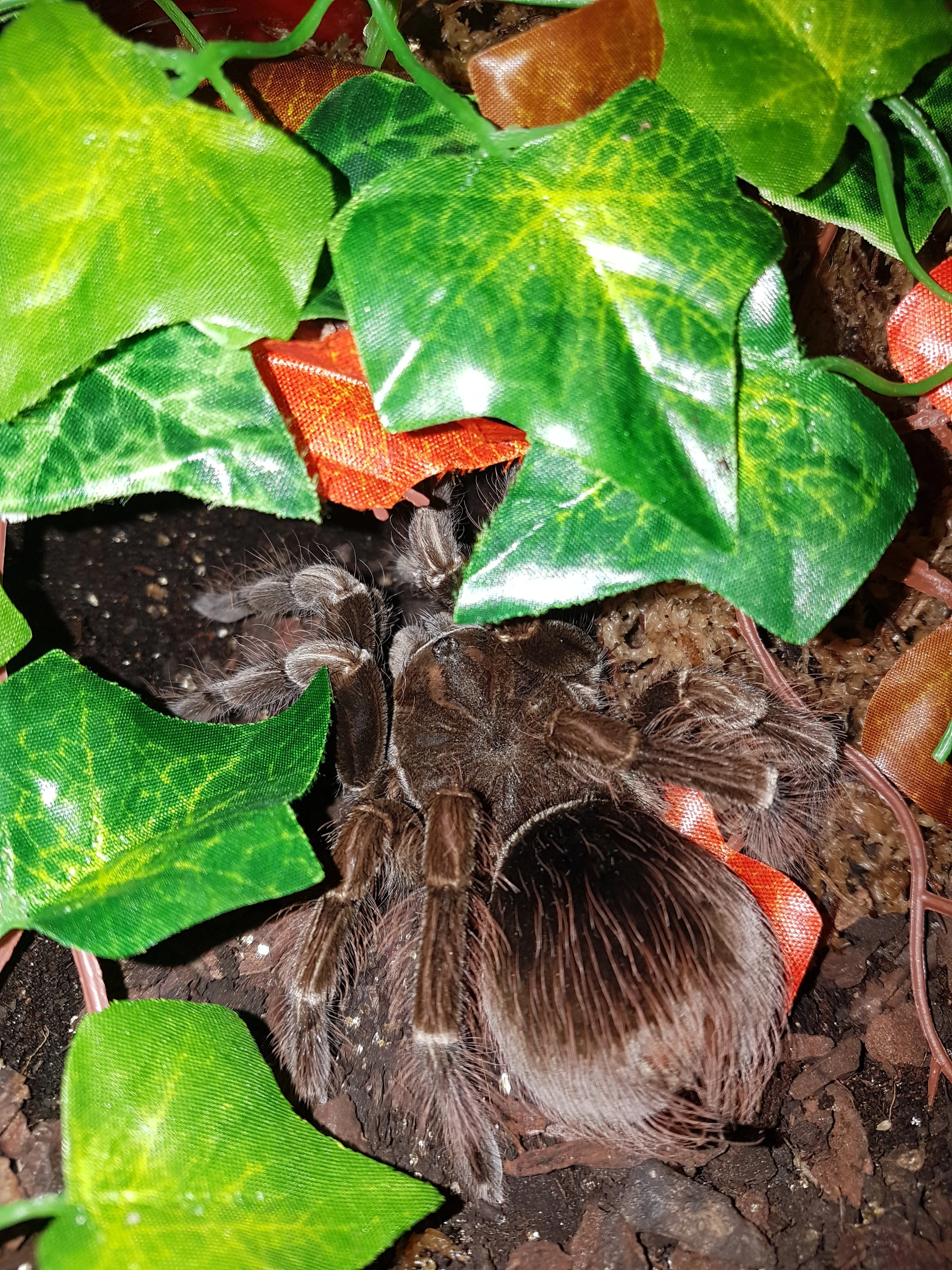
After successful mating, the female will produce an egg sac, which she will guard carefully. The egg sac should be removed from the enclosure after a certain period, depending on the species. This egg sac can be incubated to improve the survival rate. Providing the correct temperature and humidity levels is crucial for successful incubation. After the spiderlings hatch, they will go through a series of molts. Providing tiny food items and a suitable environment for the spiderlings is necessary to ensure their survival. Monitoring the spiderlings’ growth and development is essential. Preparing for the next stages requires patience. The young spiders will slowly grow and develop. The goal is to give the spiderlings the best chances to survive.
